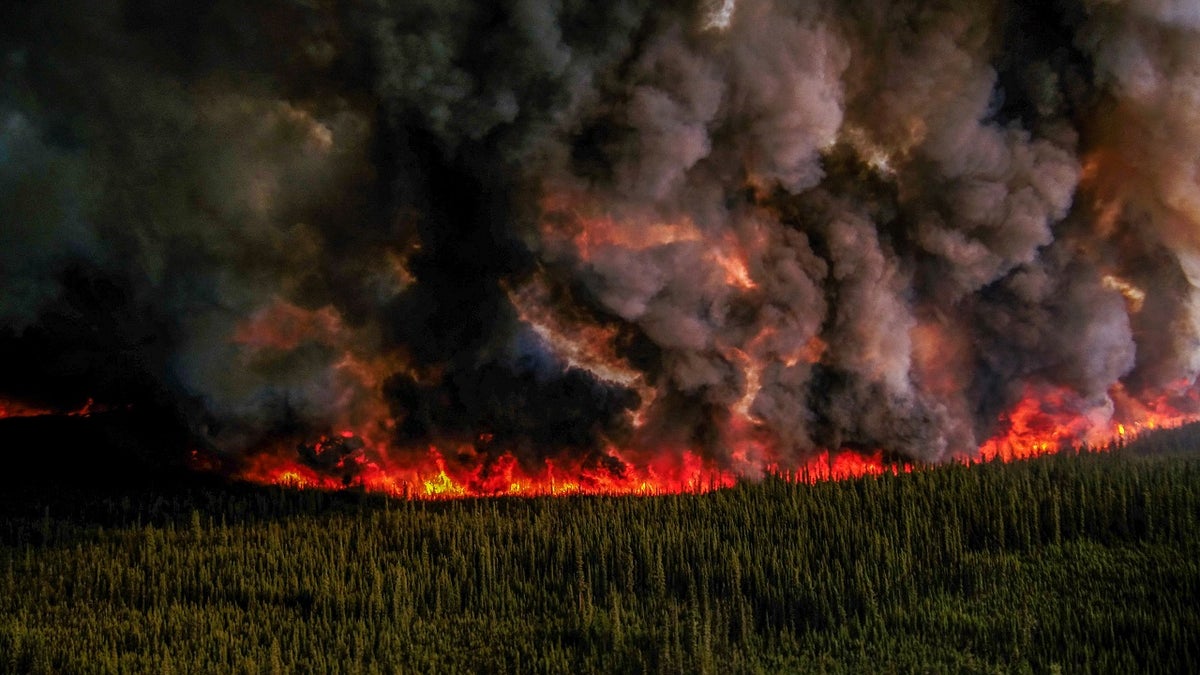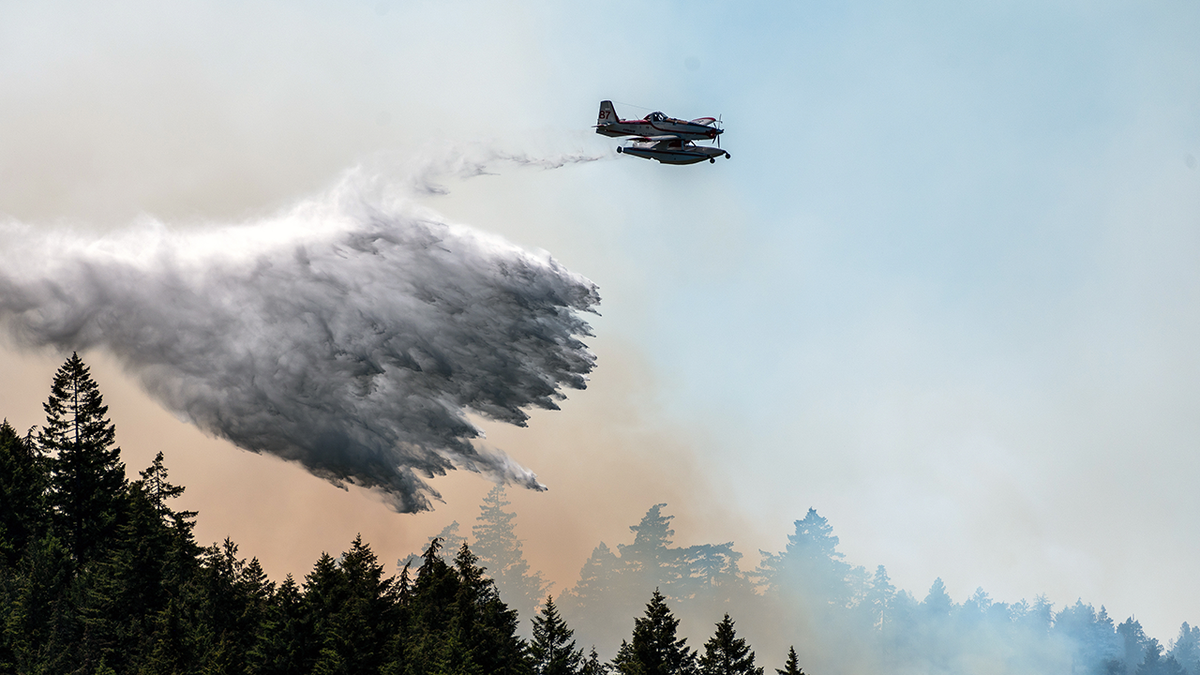Amidst the haze and smoke from Canadian wildfires impacting the northeastern U.S., the Biden administration and some members of Congress have quickly linked these events to climate change, advocating for significant energy policy shifts. However, a closer look at the data reveals a different story.
While President Biden's tweet on June 7th attributed the intensifying wildfires to the climate crisis, and Senator Warren pointed to them as evidence of climate change's impact, historical data from the National Interagency Fire Center (NIFC) challenges these claims.

The NIFC's records indicate that the number of wildfires and acreage burned in 2022 (68,988 fires and 7.57 million acres) falls within historical norms. For comparison, 2017 saw over 71,000 fires and more than 10 million acres burned, and 2007 experienced over 85,000 fires affecting over 9 million acres. So, how do such claims gain traction?

One contributing factor is the NIFC's 2021 decision to remove pre-1983 wildfire data from its website. Since 1983, there has been a modest increase in wildfires, which, when viewed in isolation, might suggest a growing problem. However, pre-1983 data (available before 2021) showed significantly higher acreage burned annually, often three to four times greater than current figures.

Even if wildfires were demonstrably worsening, climate change isn't the only, or even necessarily the primary, driver. Population growth, particularly in the western U.S., and, more critically, forest management practices play significant roles. The Center for Biological Diversity highlights the impact of poor forest management practices over the past century, including logging, fire suppression, and livestock grazing.
Ironically, the federal government, which now points to climate change as the culprit, manages a substantial portion (31%, roughly 238 million acres) of U.S. forest land, primarily west of the Mississippi, where conditions are more prone to wildfires.
Instead of perpetuating narratives about climate change as the sole cause of wildfires, policymakers should focus on improving forest management strategies. Attributing these complex events solely to global warming distracts from addressing the real issues and developing practical solutions.
Comments(0)
Top Comments